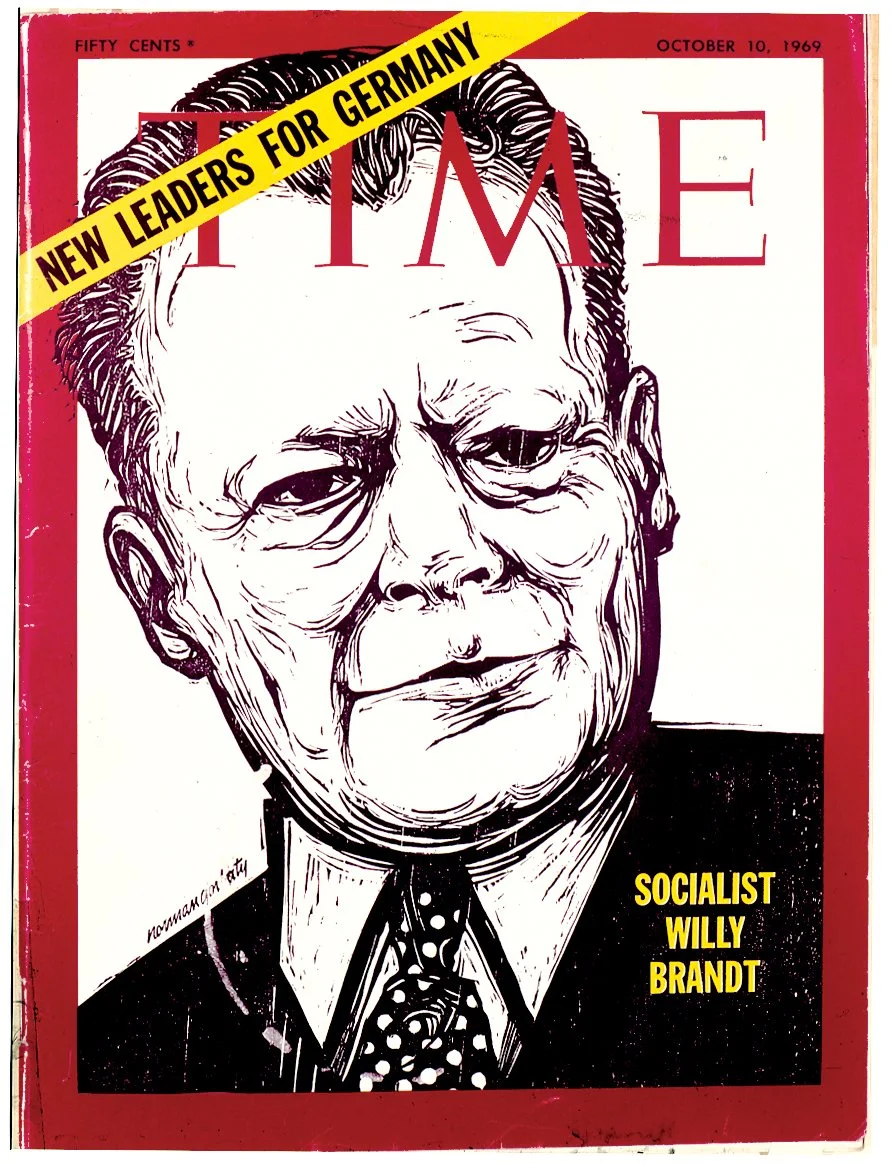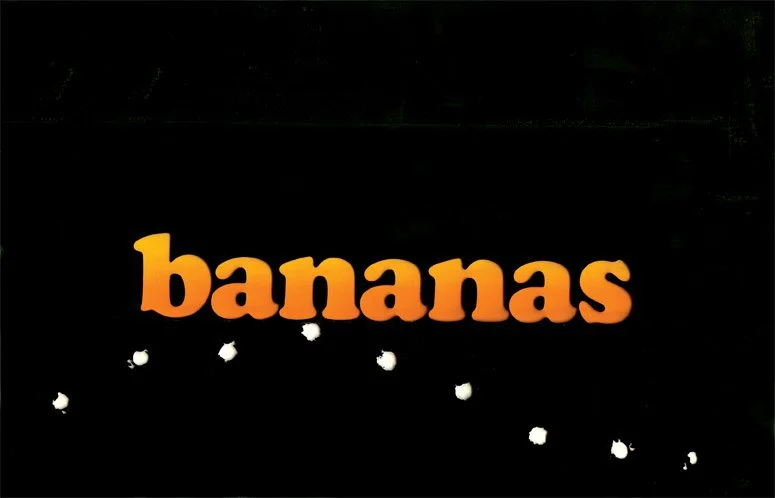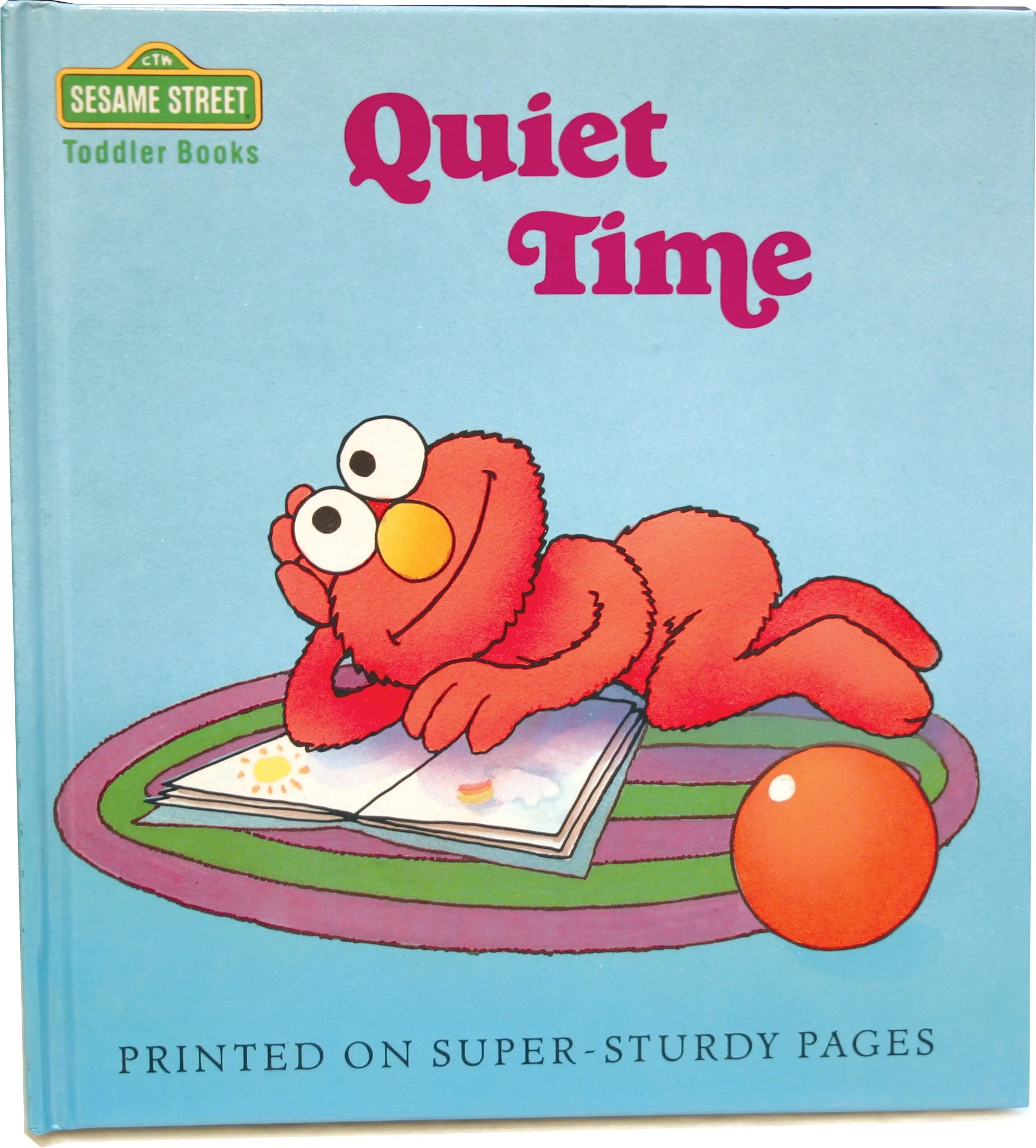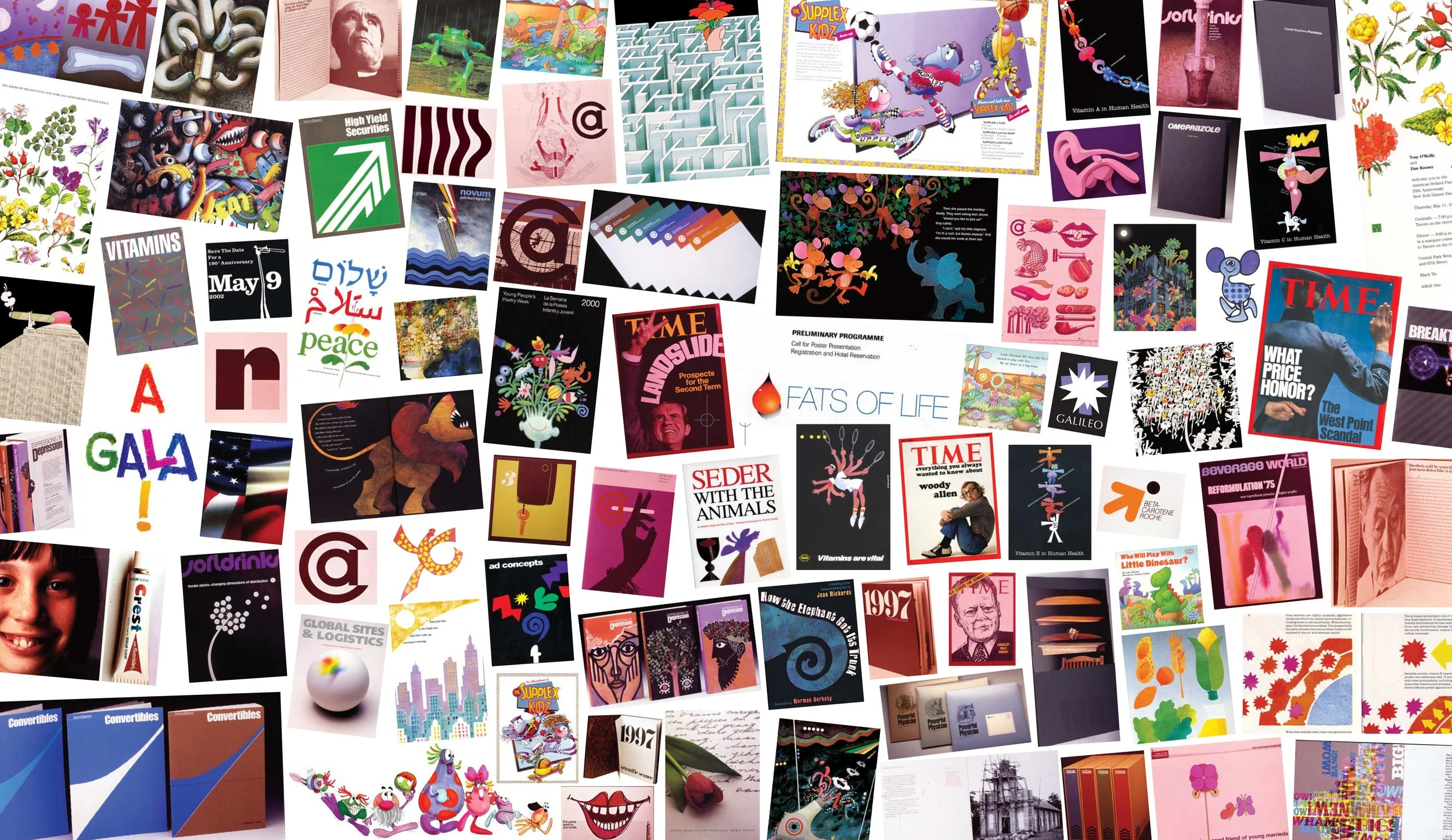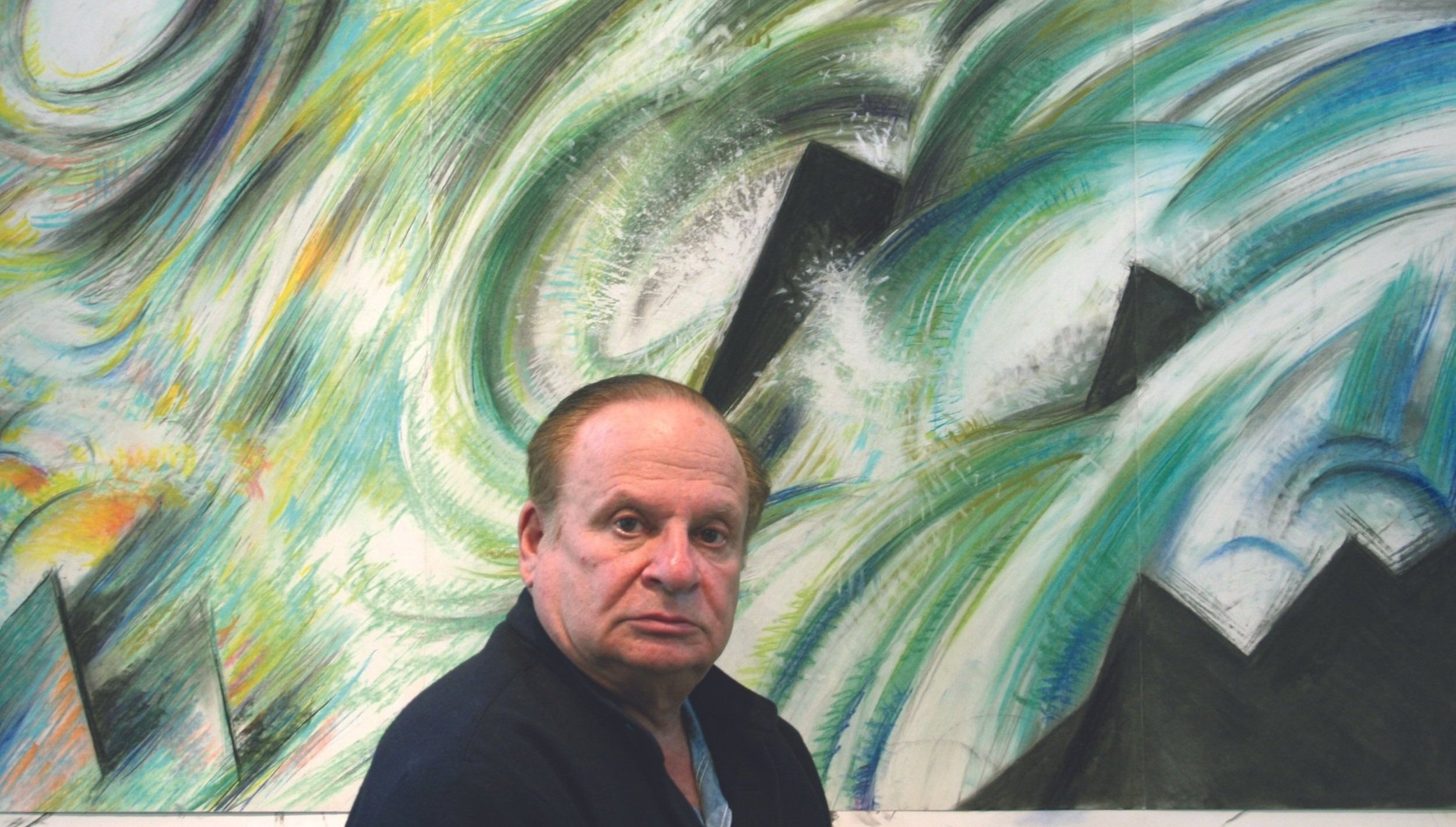
In 1954 Norman Gorbaty was a promising young artist whose work was included in a modest show of Young American Print-makers at New York’s Museum of Modern Art. At Amherst he earned the Heisey Award for design in glass from Steuben and was honored with a scholarship to attend the inaugural session of the newly formed Yale Norfolk Summers Arts School. Upon graduating he received a Simpson fellowship from Amherst and a teaching fellowship from Yale where he enrolled to pursue his MFA. While at Yale, Gorbaty found himself in a rich artistic envi-ronment influenced by teachers that included Joseph Albers, Alexi Brodovitch, Leo Leonni, Herbert Matter, Bernard Chaet, Gabor Peterdi and Louis Kahn, as well as students that included Richard Anuszkiewicz, Neil Welliver, William Bailey, Arnie Bittle-man and Jay Maisel. During this time at Yale, Gorbaty won the Summer Painting Prize from Joseph Albers and had his prints regularly shown in the prestigious Brooklyn Museum Printmaking Annual. His master’s thesis Print Making with a Spoon was published by Reinhold and incorporated in almost its entirety in Gabor Peterdi’s authoritative volume Printmaking Methods Old and New. 1954 was also the year that Gorbaty proposed to Joy Marks. They married in 1956 when practical considerations and pressures led him from a career in fine art towards one in graphic design. He honed his skills as a graphic artist working at Benton and Bowles Advertising as the Vice President Art Group Supervi-sor where he directed the product launch of many now familiar brands including the IBM Selective Typewriter, Pampers and Crest Toothpaste. During this time he was invited to be the Adjunct Profressor of Advanced Graphic Design at Cooper Union where he taught for almost a decade. Upon leaving Benton and Bowles, Gorbaty opened his own graphic design studio in 1968. His work included credits for major motion pictures, museum posters, magazine covers for Time and US News & World Report, and illustrations for numerous children’s books. Gorbaty has received recognition and awards for his work and has been asked to lecture at a host of schools including Yale, Carnegie-Mellon, Minneapolis School of Art and the Kansas City School of Art. As Gorbaty states “during the close to fifty years doing advertising design one would think there would be little time to do my own art. Not so. Firstly, the tools used were often the same pencils, brushes, pastel. The main difference was one of problem definition and reply. In advertising, the problem was given from the outside world, in personal work you designed your own problems. There were as many hours in the night as in the day affording the opportunity to make furniture and make ship models, geodesic domes for the kids to play on, to make cuttings or grow plants from seed...and do art. Maybe the doing of art was a way of keeping honest, of sticking to the high road—to make a statement of not having surrendered completely to the commercial world. Filling drawers with artwork was perhaps a way of alleviating the guilt felt for having abandoned a life of art.” Throughout his fifty years as a graphic artist Gorbaty continued to produce fine art amassing a large body of work that includes sculpture, paintings and works on paper. With the passing of Joy, his “Old Beauty” in 2003, Gorbaty no longer had his audience-of-one with whom to share his art. Having accomplished his goal of providing Joy and their two children with stability and comfort he again turned his entire focus back to fine art.

